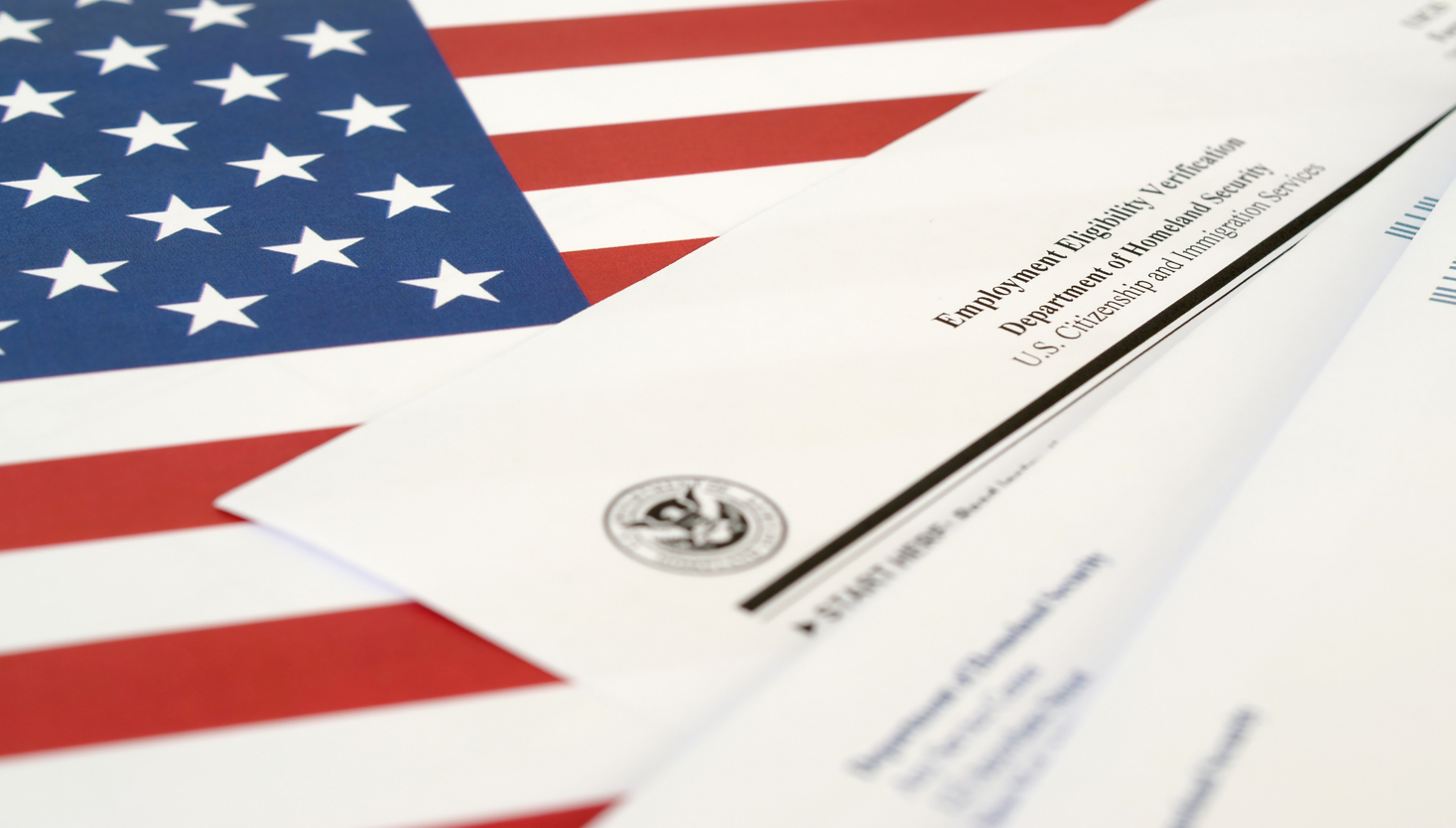Completing the Form I-9 For Remote Employees: What Employers Need To Know About DHS’ New Alternative Procedure
During the COVID-19 National Emergency declared in March 2020, DHS announced “COVID-19 Flexibilities” related to the Form I-9 Employment Eligibility Verification which permitted employers and workspaces that were operating remotely, to defer the requirement that employers review employees’ identity and employment authorization documents in the employees’ physical presence. These flexibilities ended for employees starting after July 31, 2023, and employers were required to review the original identity and employment eligibility documents for those employees, initially reviewed remotely, in the employee’s physical presence by August 30, 2023.
Following the end of the National Emergency on May 11, 2023, many employers chose to continue to offer their staff fully remote or hybrid work arrangements. However, such arrangements pose a challenge to an employer’s ability to comply with the requirement of the Form I-9 that documents presented be reviewed in the employee’s physical presence.
On August 1, 2023, DHS rolled out their “Alternative Procedure” to permanently accommodate the remote review of documents presented by employees to prove their identity and eligibility to work in the U.S. for qualifying employers. This new procedure will aid employers in the process of completing the Form I-9 for remote employees
This article provides the highlights of the qualifications and process of this new procedure. We recommend that qualifying employers who wish to adopt the “Alternative Procedure” review their current practices, policies and procedures and make appropriate updates to document this change. Should you have any questions, please reach out to your Maggio Kattar attorney.
Which Employers Qualify to Use the “Alternative Procedure” to Complete the Form I-9 for Remote Employees?
- The Employer MUST participate in E-Verify for ALL hiring sites where the Alternative Procedure will/may be implemented .
- E-Verify normally permits employers to enroll in E-Verify for limited segments of their population. For example: if an employer with multiple offices across the country has an office in a state where E-Verify is required, the employer can enroll just the hiring site in that state and therefore would only have to create cases for new hires in that state. If an employer wishes to qualify to use the “Alternative Procedure” they lose this flexibility as all hiring sites where the “Alternative Procedure” may be applied must be enrolled in E-Verify. Practically, it may be difficult for employers to remember which hiring sites do, or do not participate in E-Verify when applying the “Alternative Procedure” and therefore should consider this when updating their policy and procedures.
- E-Verify normally permits employers to enroll in E-Verify for limited segments of their population. For example: if an employer with multiple offices across the country has an office in a state where E-Verify is required, the employer can enroll just the hiring site in that state and therefore would only have to create cases for new hires in that state. If an employer wishes to qualify to use the “Alternative Procedure” they lose this flexibility as all hiring sites where the “Alternative Procedure” may be applied must be enrolled in E-Verify. Practically, it may be difficult for employers to remember which hiring sites do, or do not participate in E-Verify when applying the “Alternative Procedure” and therefore should consider this when updating their policy and procedures.
- The Employer MUST be in Good Standing with E-Verify
- To be in good standing, the employer must be diligent about responding to, and closing, Tentative Non-Confirmations (“TNC”) and Final Non-Confirmations (“FNC”). Failure to address TNCs and FNCs and close cases could result in a suspension of E-Verify participation.
- An employer must be actively creating cases for all their new employees. It is possible for an employer to have enrolled in E-Verify but are not actually creating cases for their new employees. (E-Verify Accounts with no activity for 2 years are generally closed by E-Verify). An employer can check the E-Verify list of participating employers to confirm their organization’s participation status.
- To be in good standing, the employer must be diligent about responding to, and closing, Tentative Non-Confirmations (“TNC”) and Final Non-Confirmations (“FNC”). Failure to address TNCs and FNCs and close cases could result in a suspension of E-Verify participation.
- The Employers MUST have all staff, who are involved with Form I-9 and/or E-Verify case creation, participate in E-Verify training, including fraud awareness and antidiscrimination.
Process Considerations For Completing the Form I-9 for Remote Employees
- Employers may choose to use the Alternative Procedure for all employees, or just for employees working remotely as long as it does not also trigger discrimination concerns.
- Employers cannot refuse to perform a physical review of documents.
- The employee must send copies of the documents they intend to present to the employer BEFORE the documents are reviewed remotely.
- Copes MUST be legible and MUST include both front and back of the document. If the document is two-sided, like drivers’ licenses, SSCs, EADs, Passports (bio and bar code pages).
- Employers must consider secure methods of electronic transmission due to the Private Personal Information that these documents contain.
- Upon receipt of the document copies, The documents must also be reviewed by the employer via live video “interaction” with the individual presenting the documents.
- The current guidance is silent on whether the video interactions must be recorded and stored. However, if an employer has the ability to do so, recording these interactions may serve as additional evidence of an employer’s compliance.
- The current guidance is silent on whether the video interactions must be recorded and stored. However, if an employer has the ability to do so, recording these interactions may serve as additional evidence of an employer’s compliance.
- The employer must select the new check box on the Form I-9 to indicate that the Alternative Procedure was applied.
- The employer must create a case timely in E-Verify (within 3 days following their start date).

